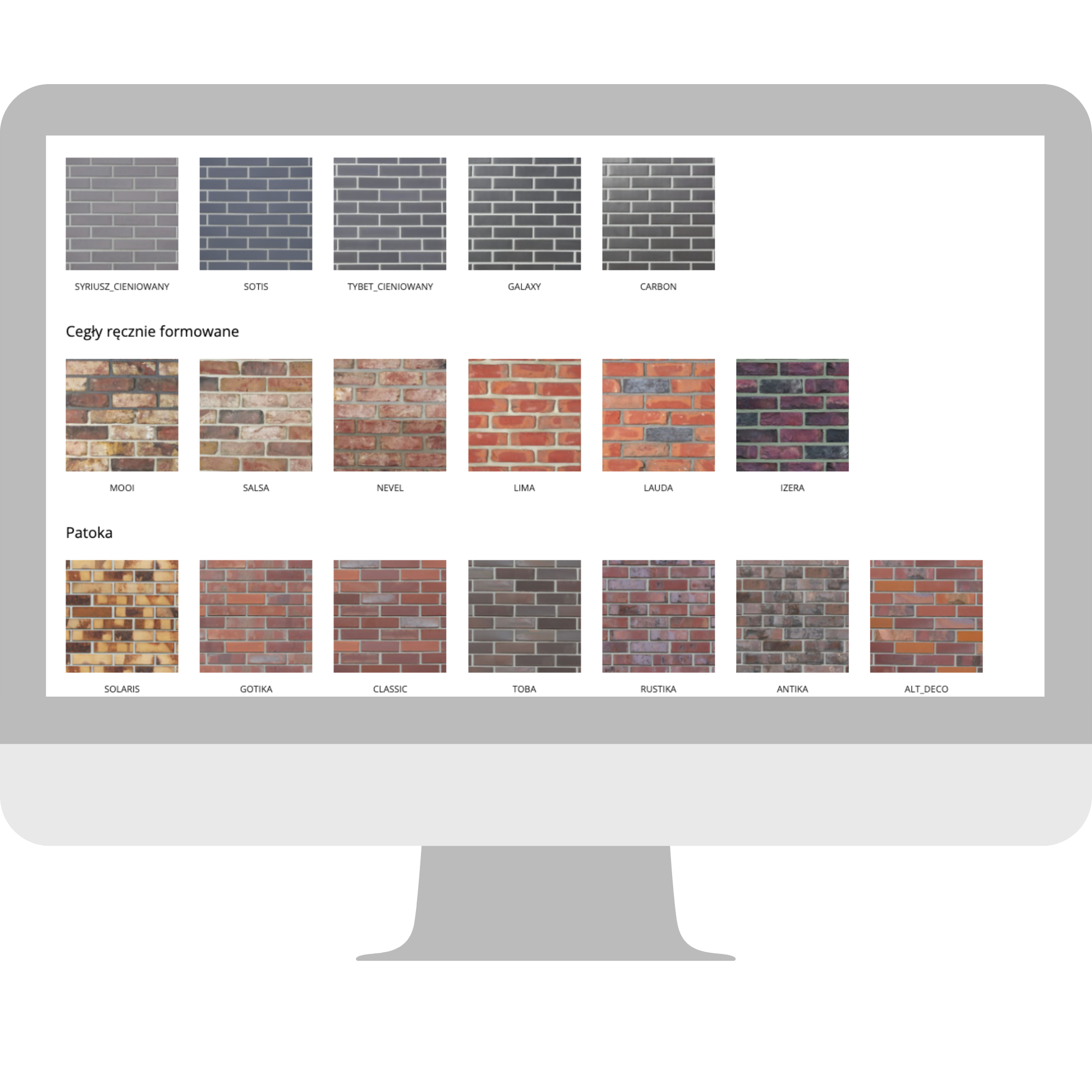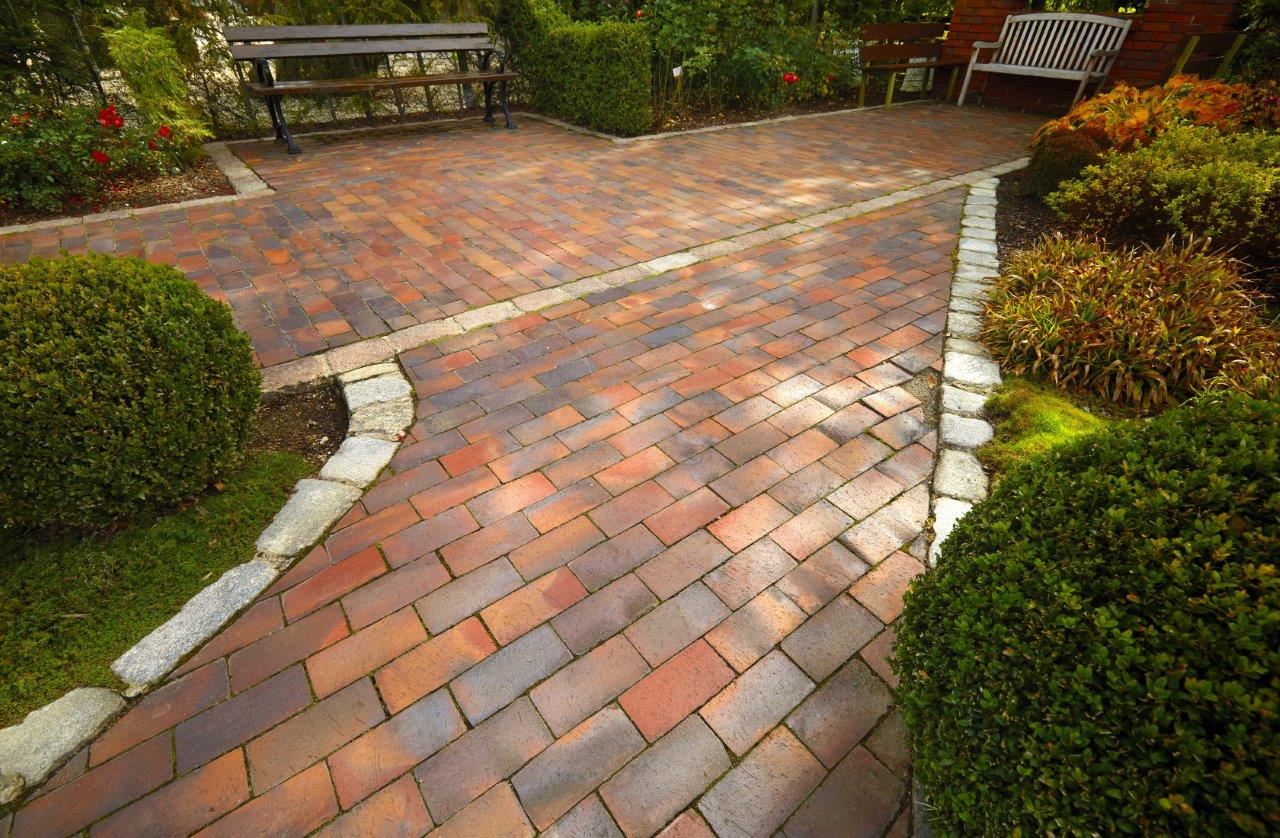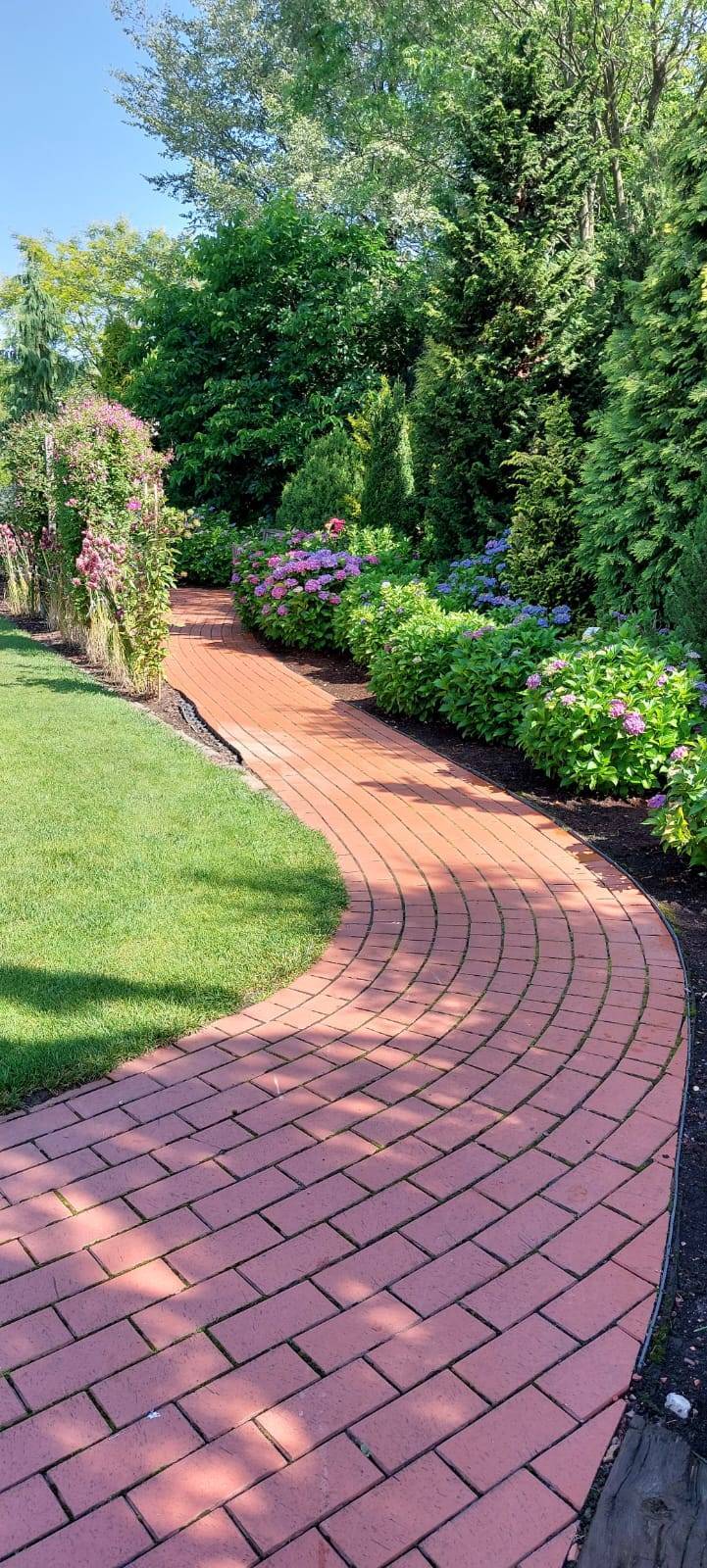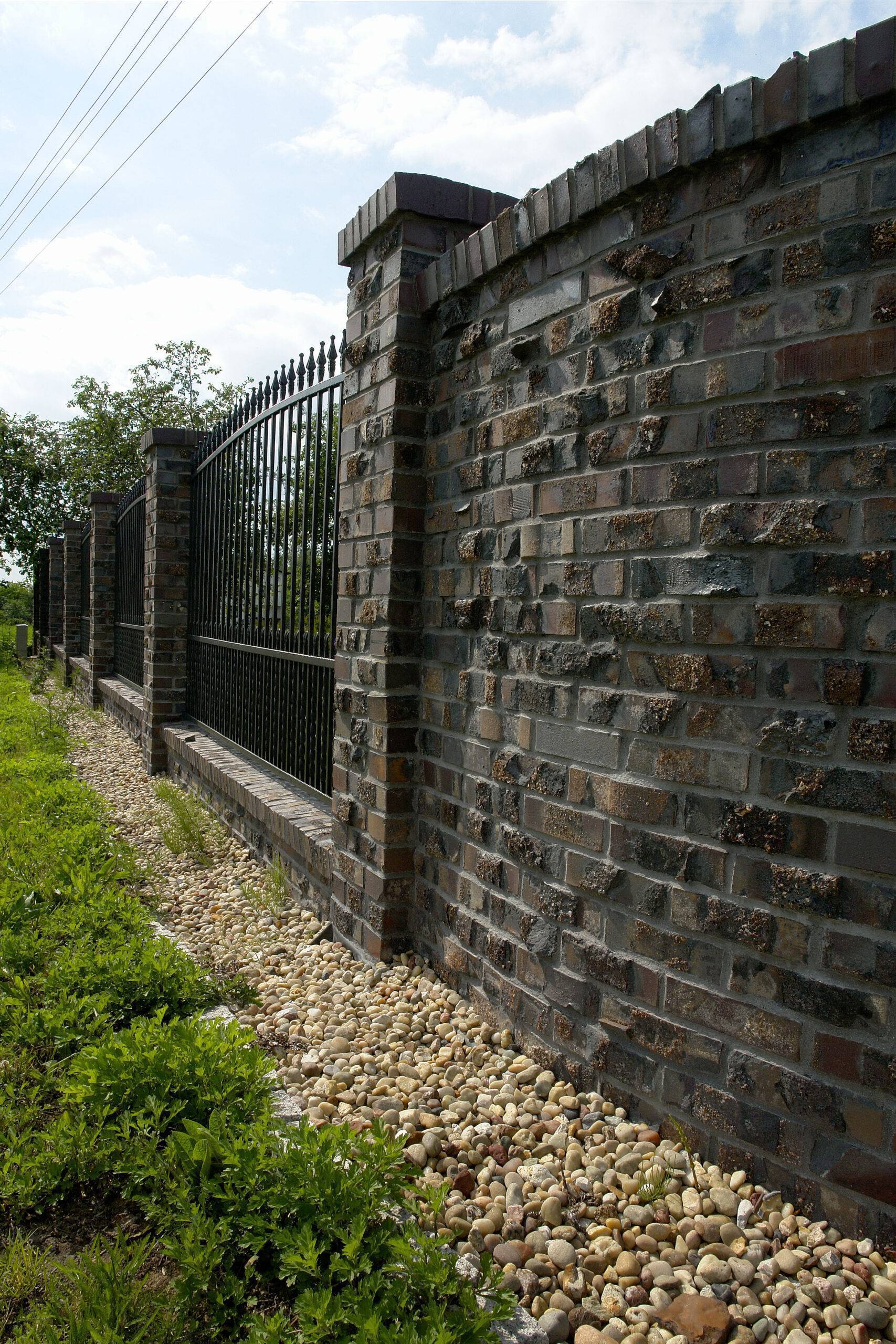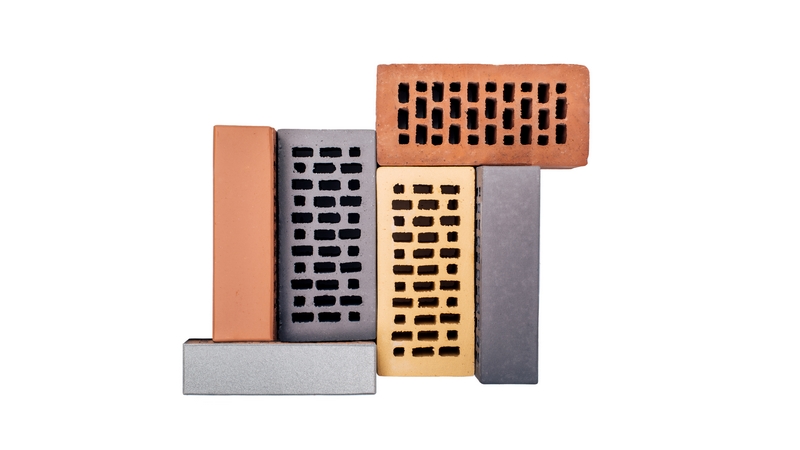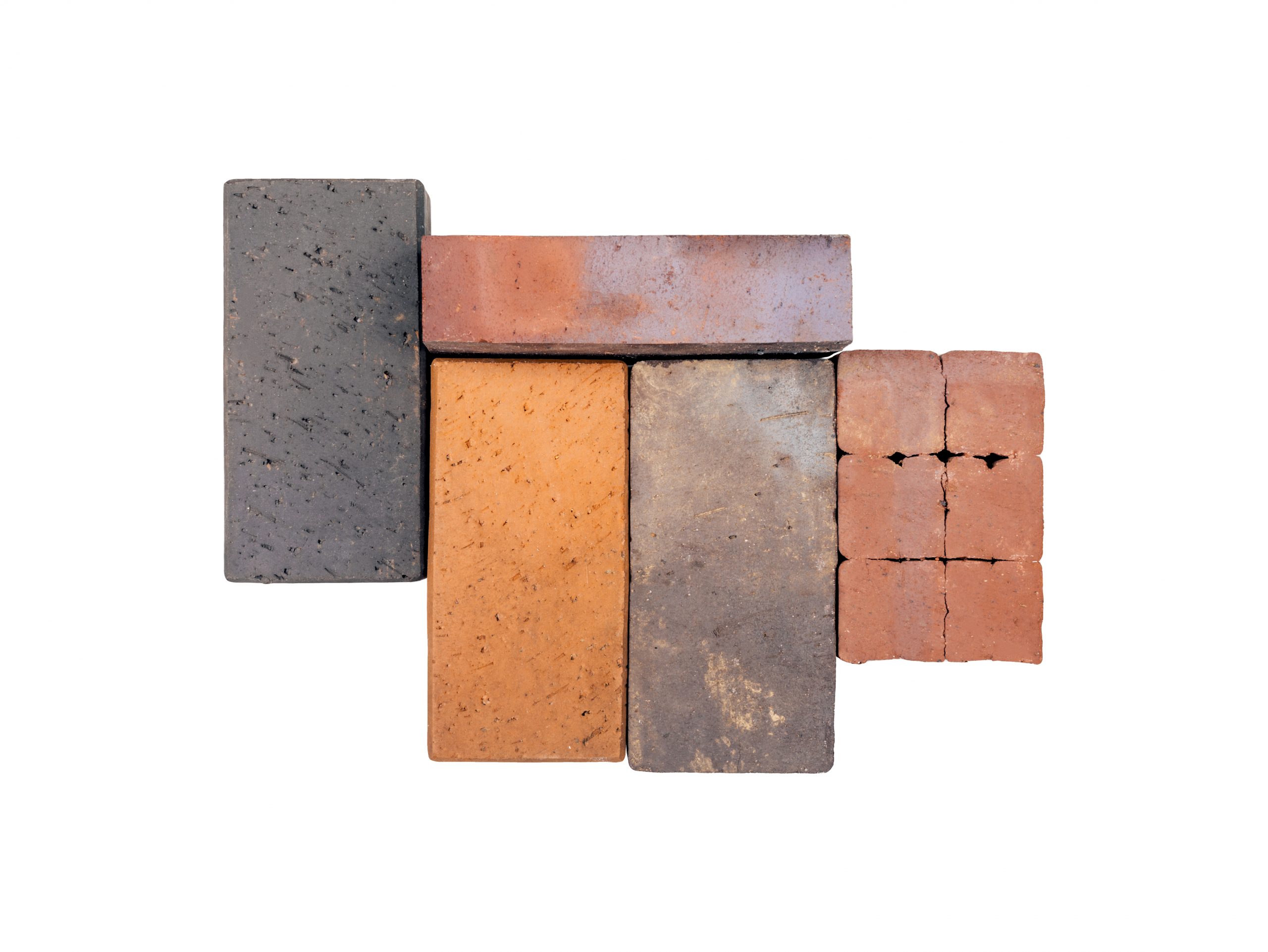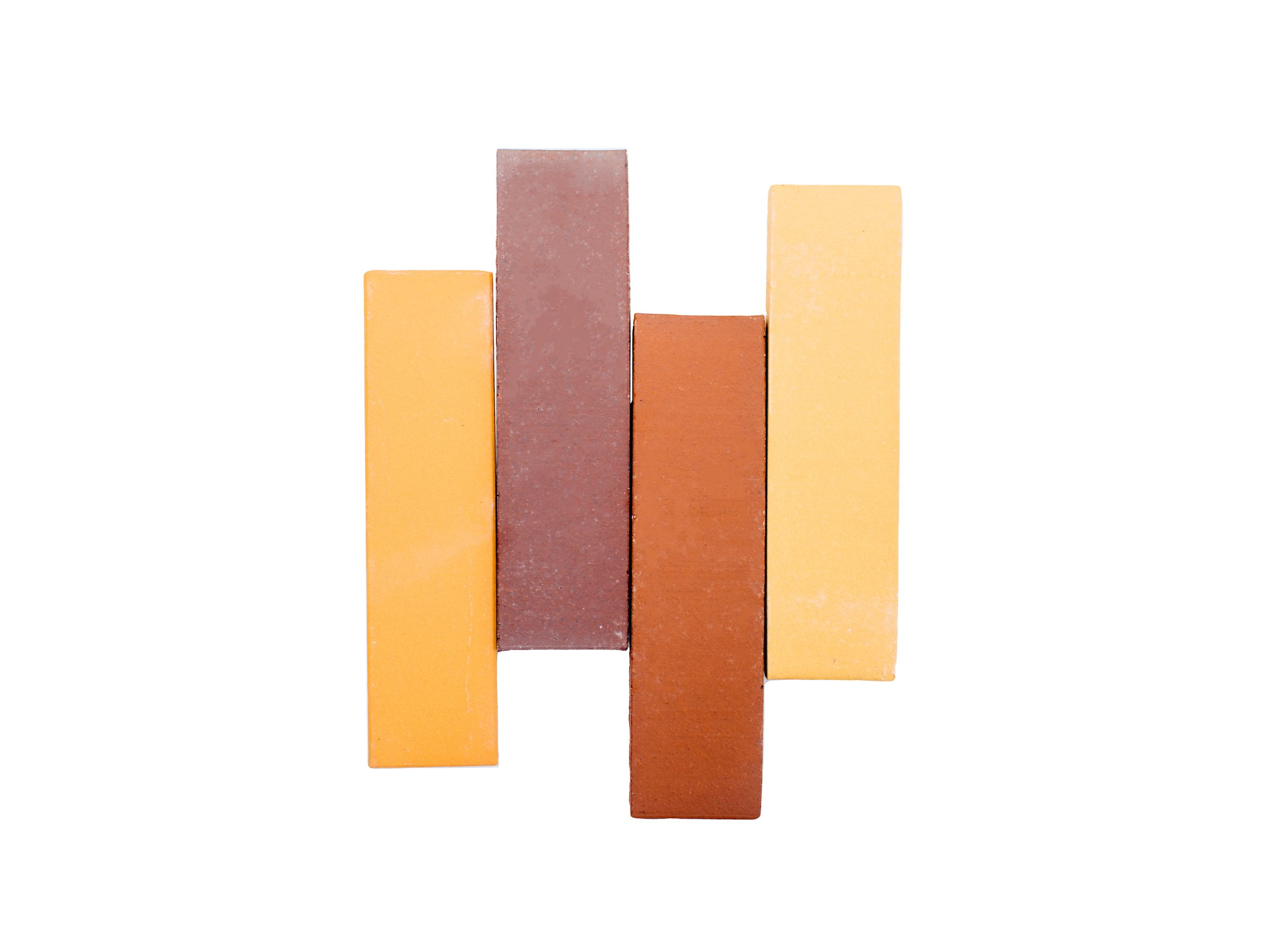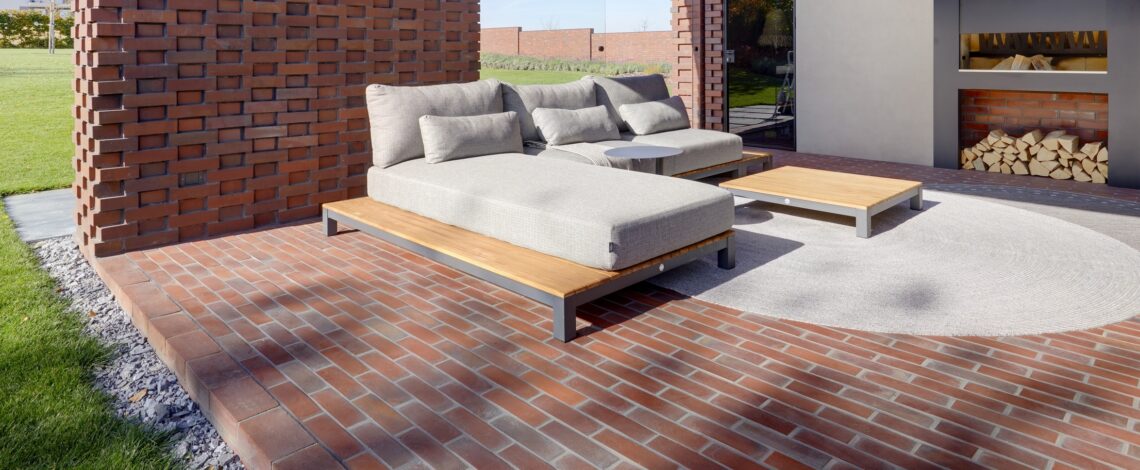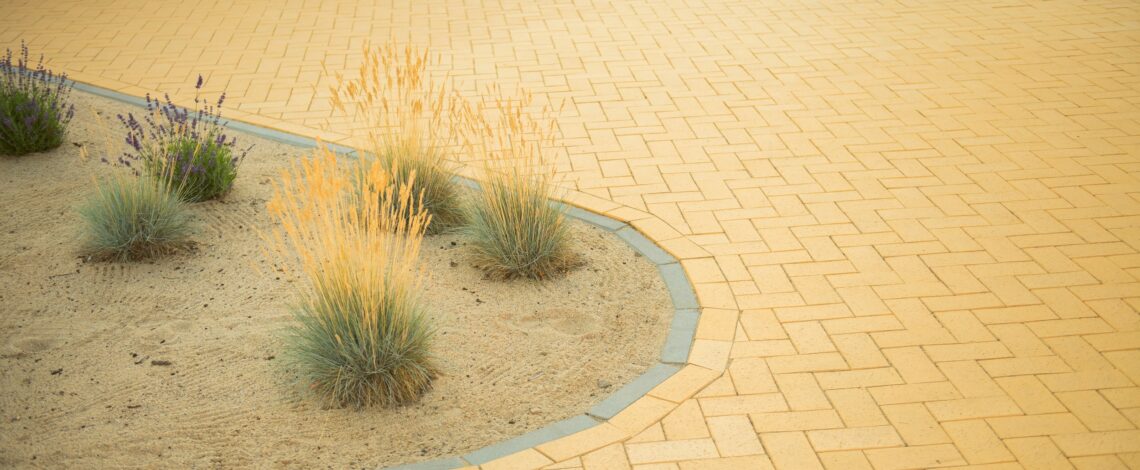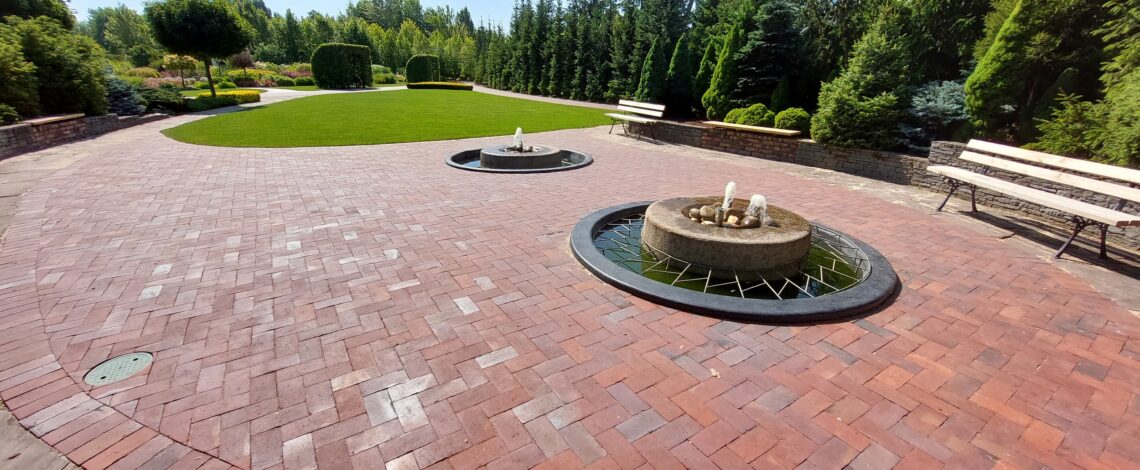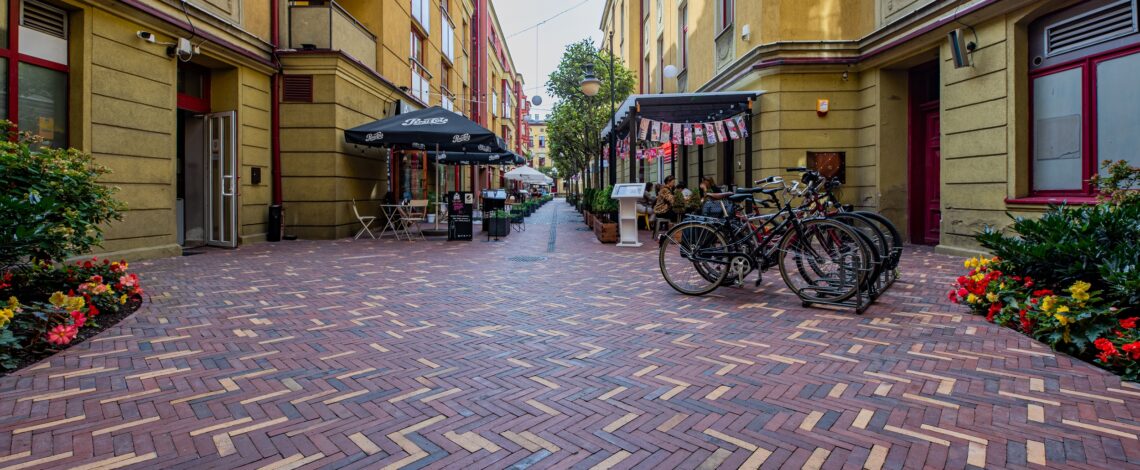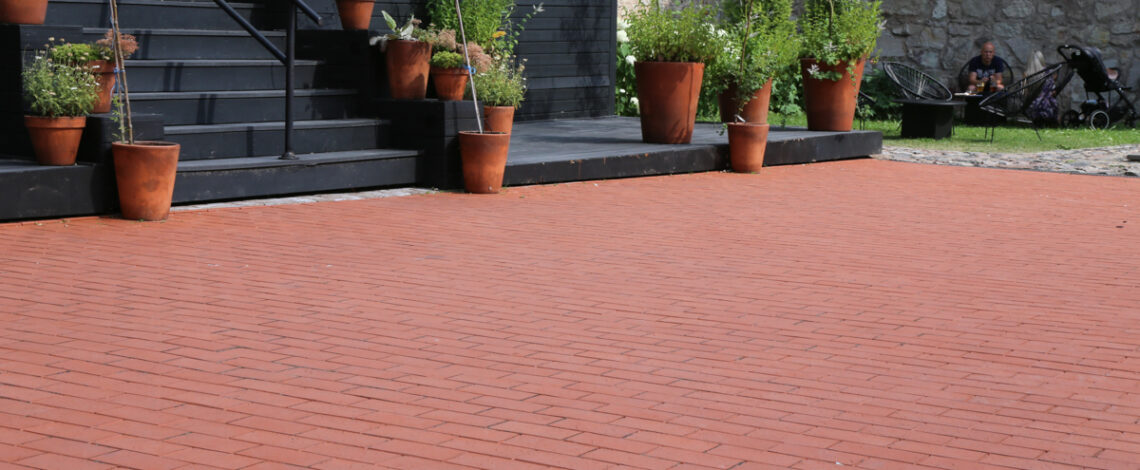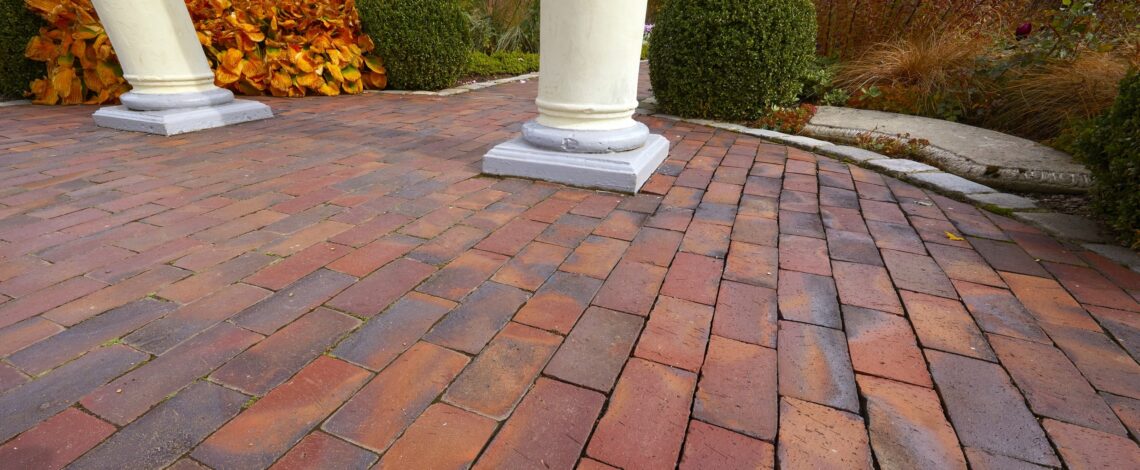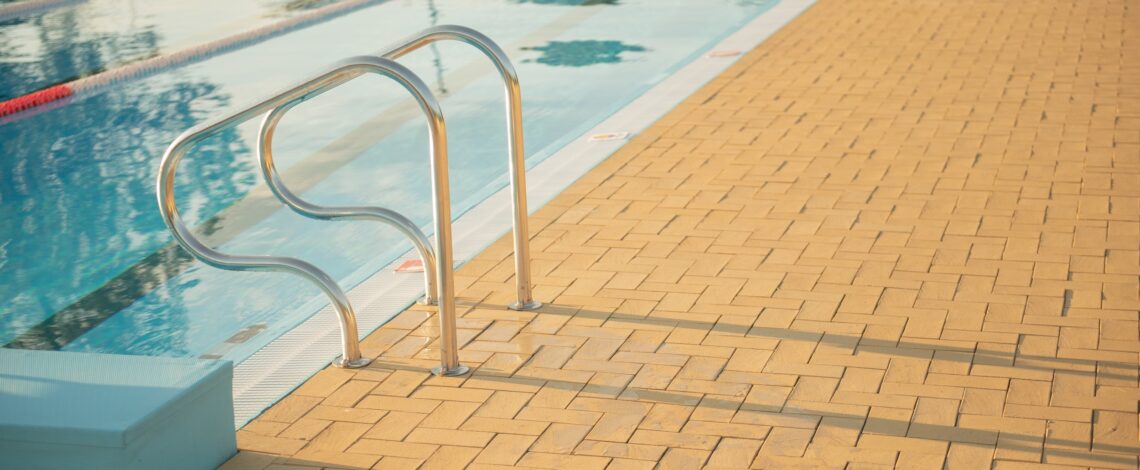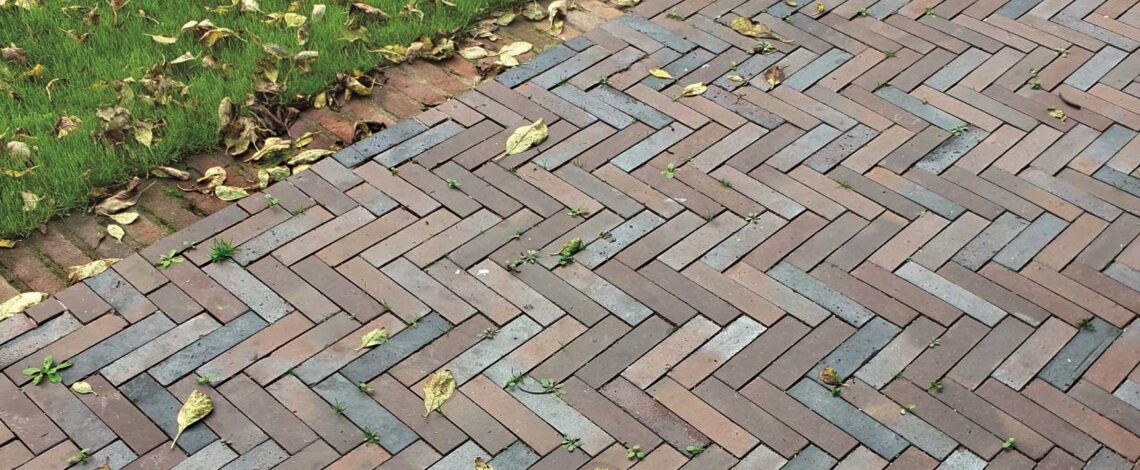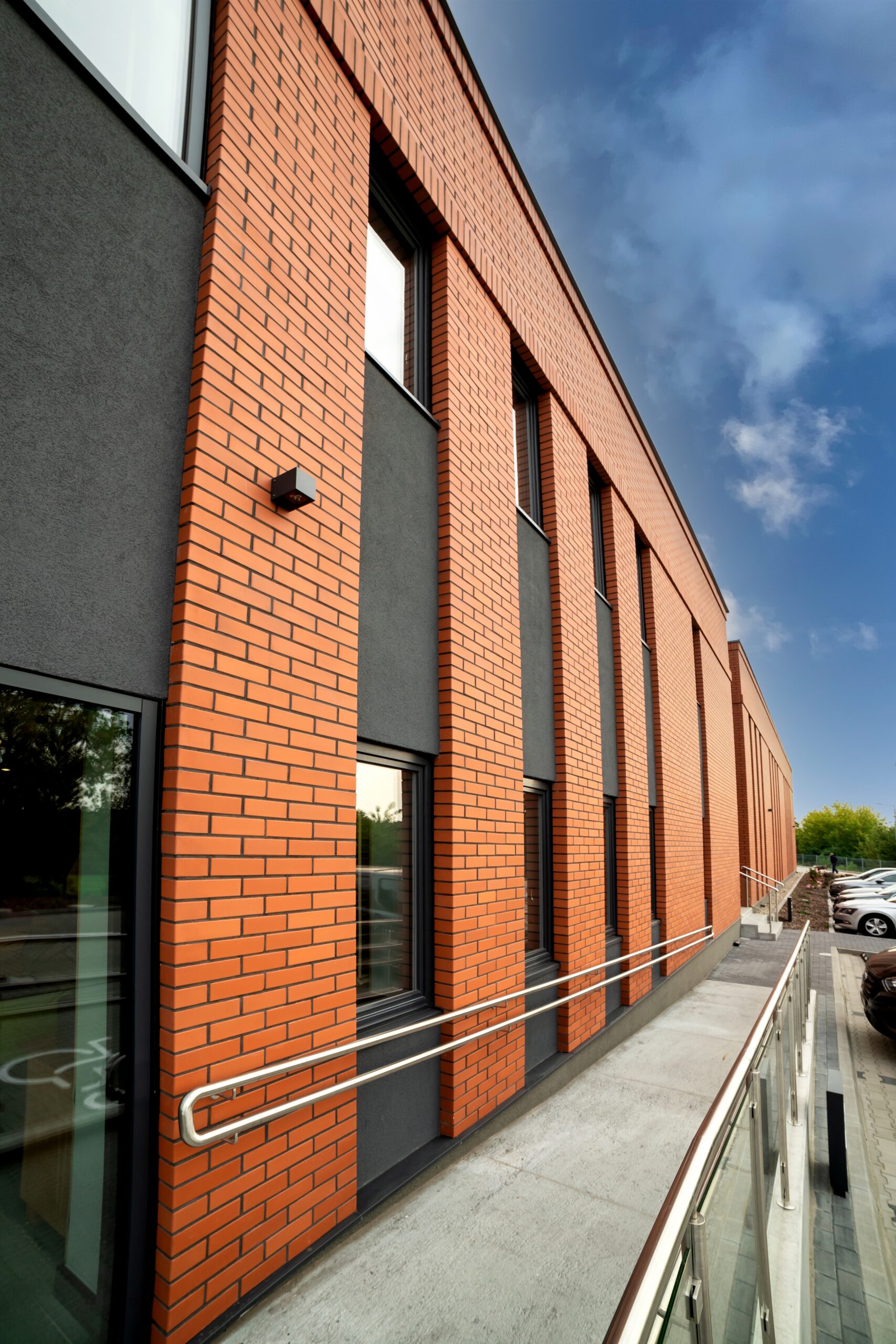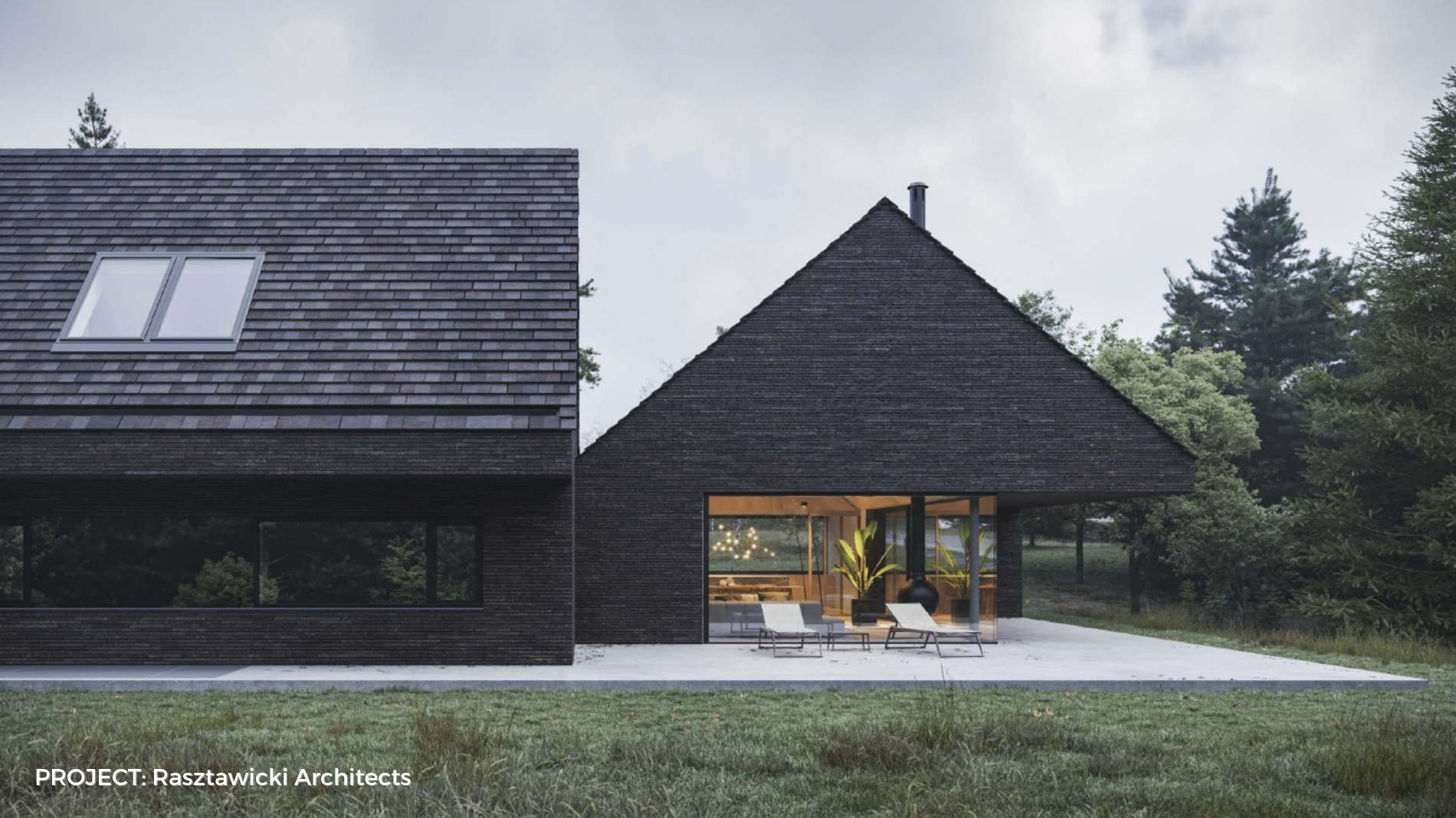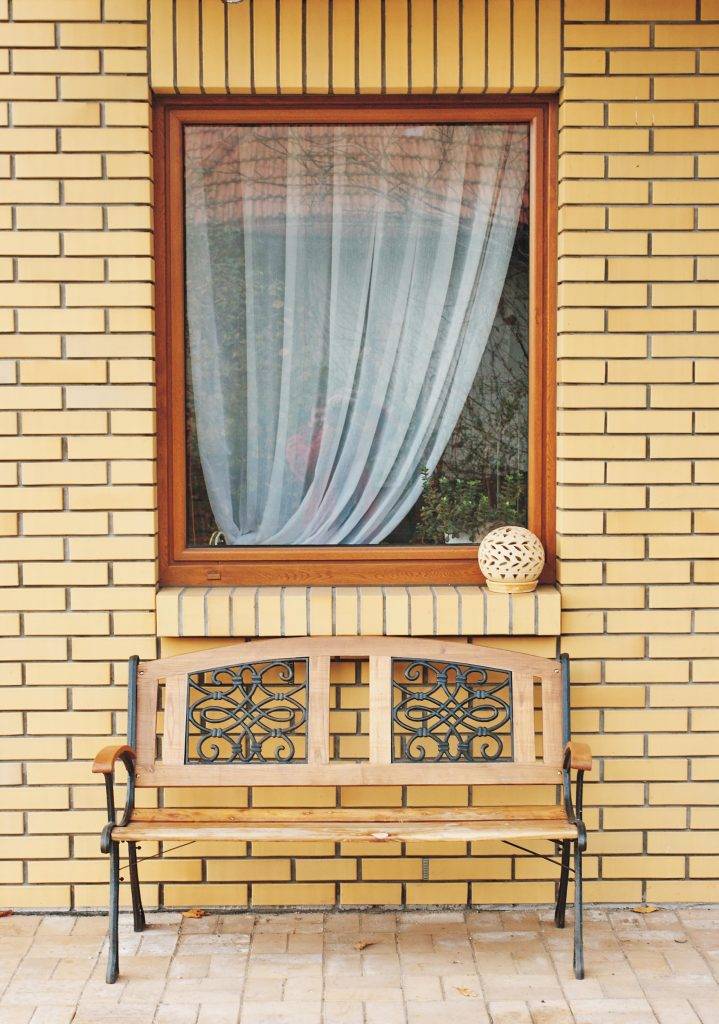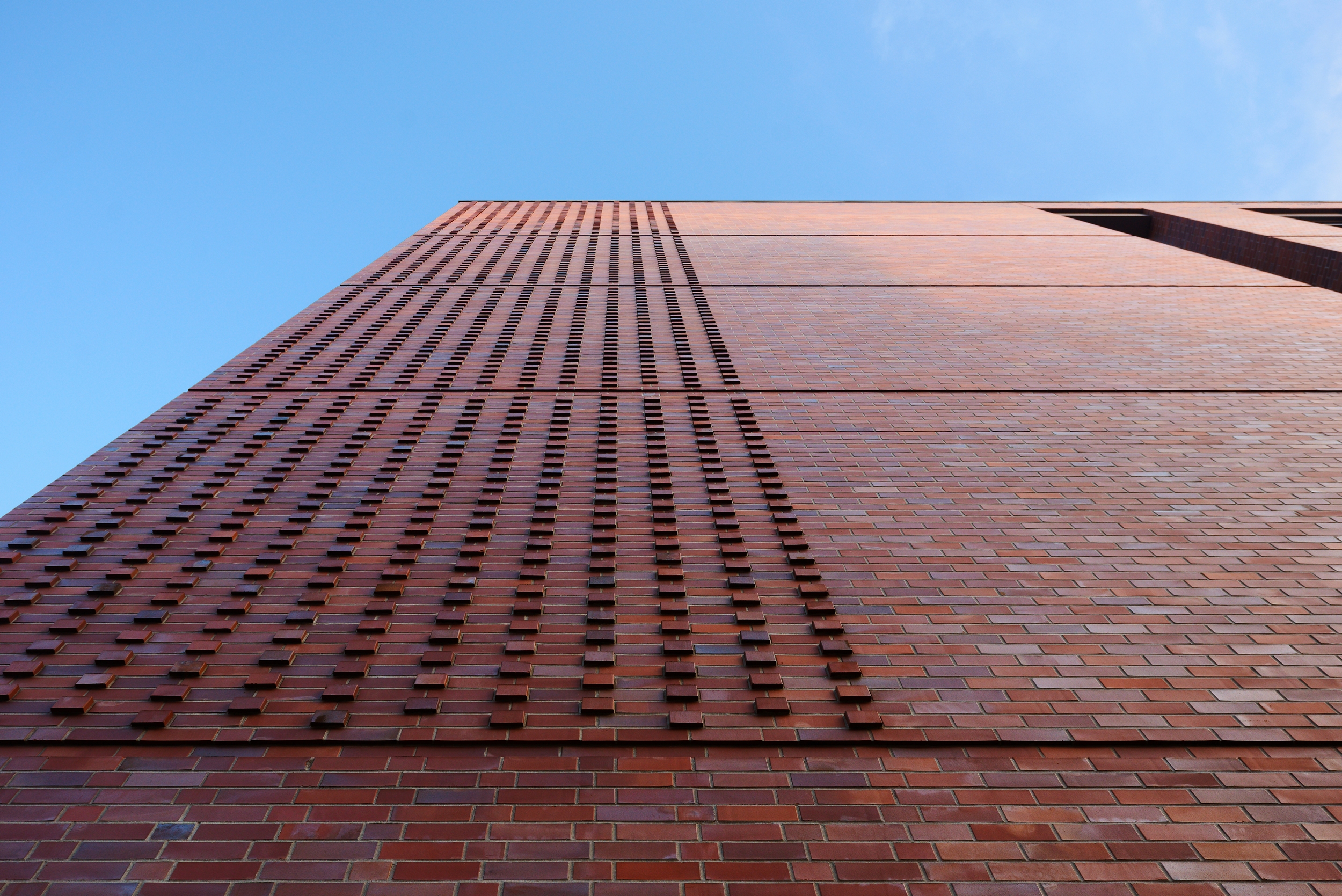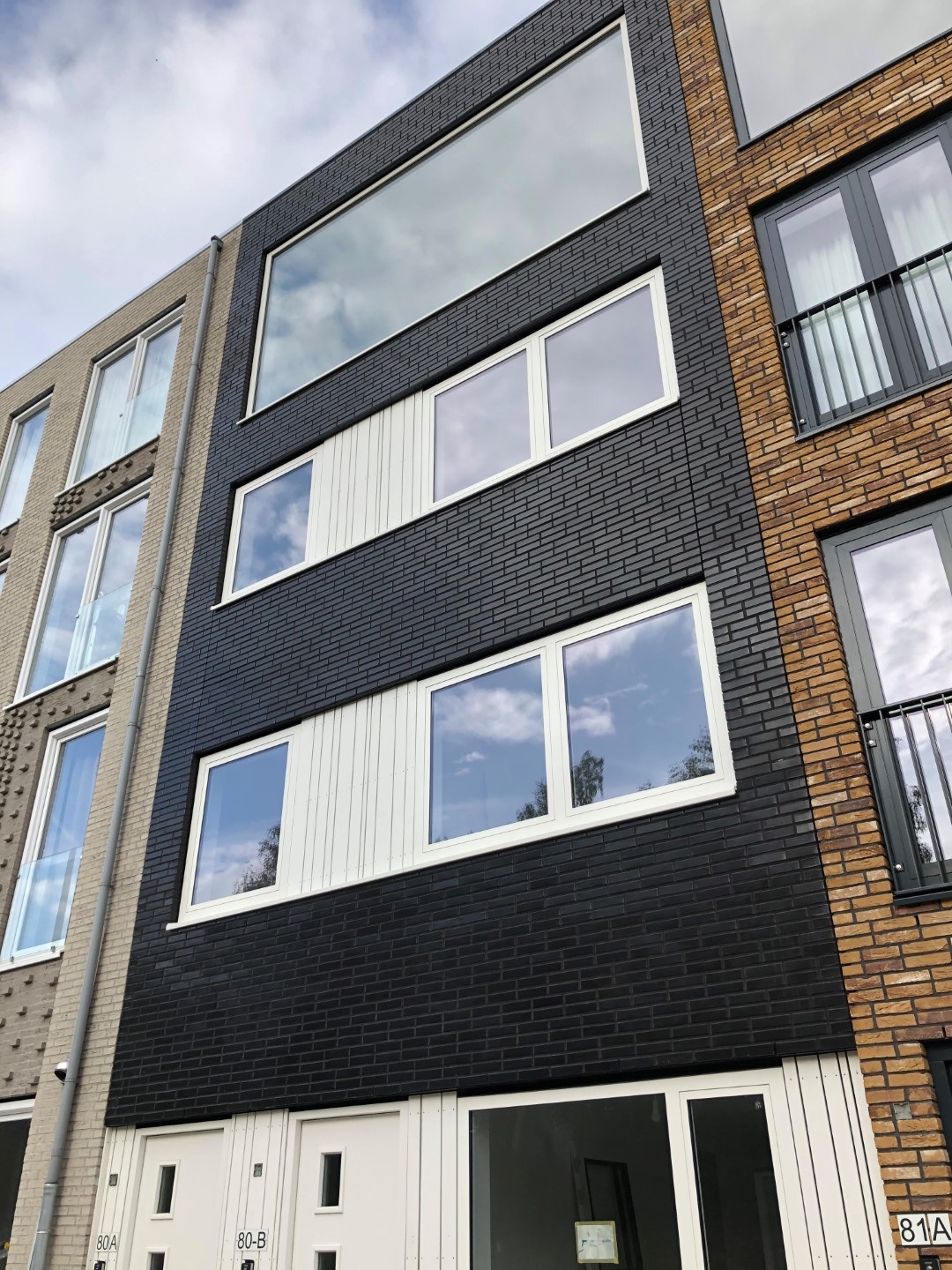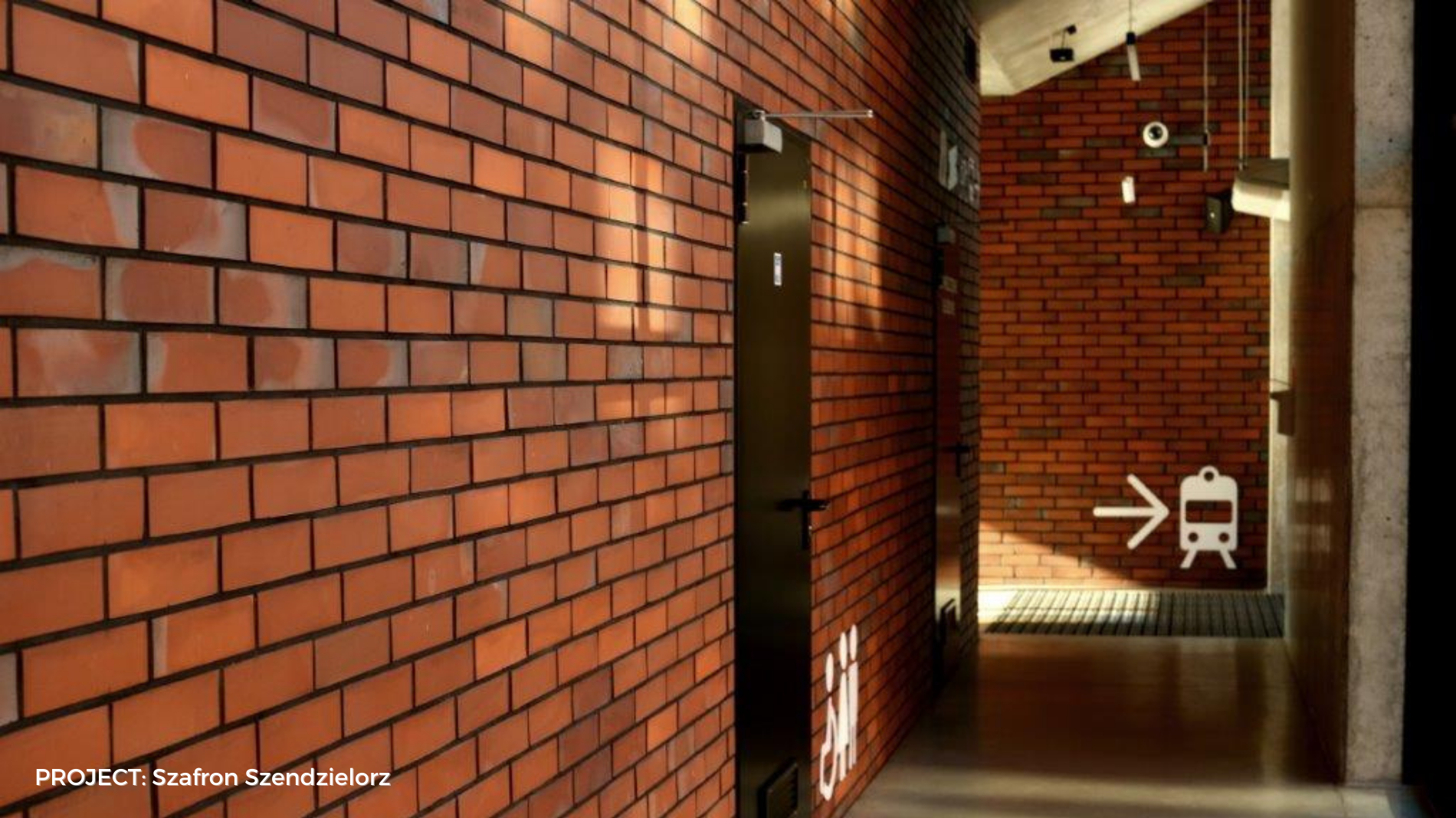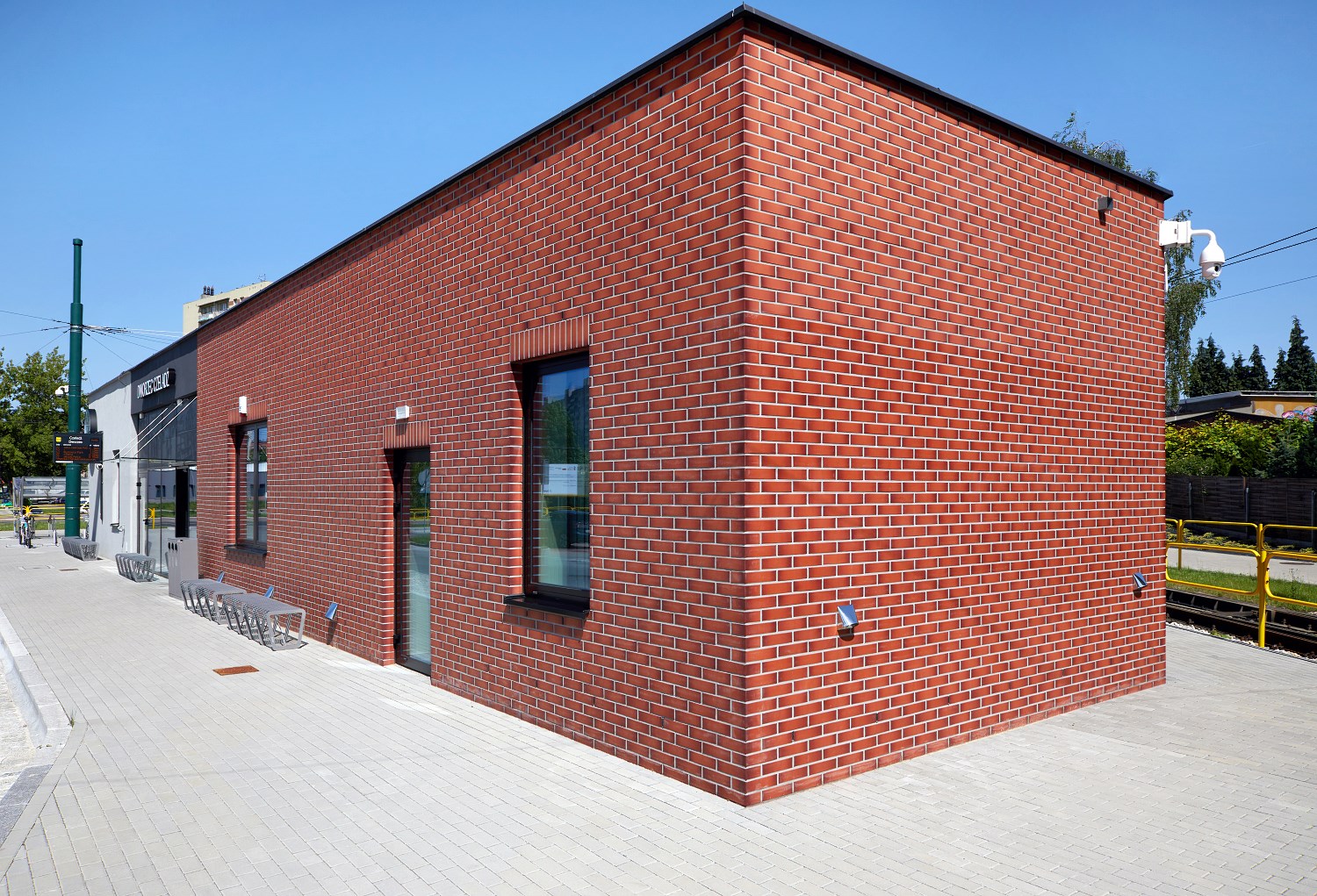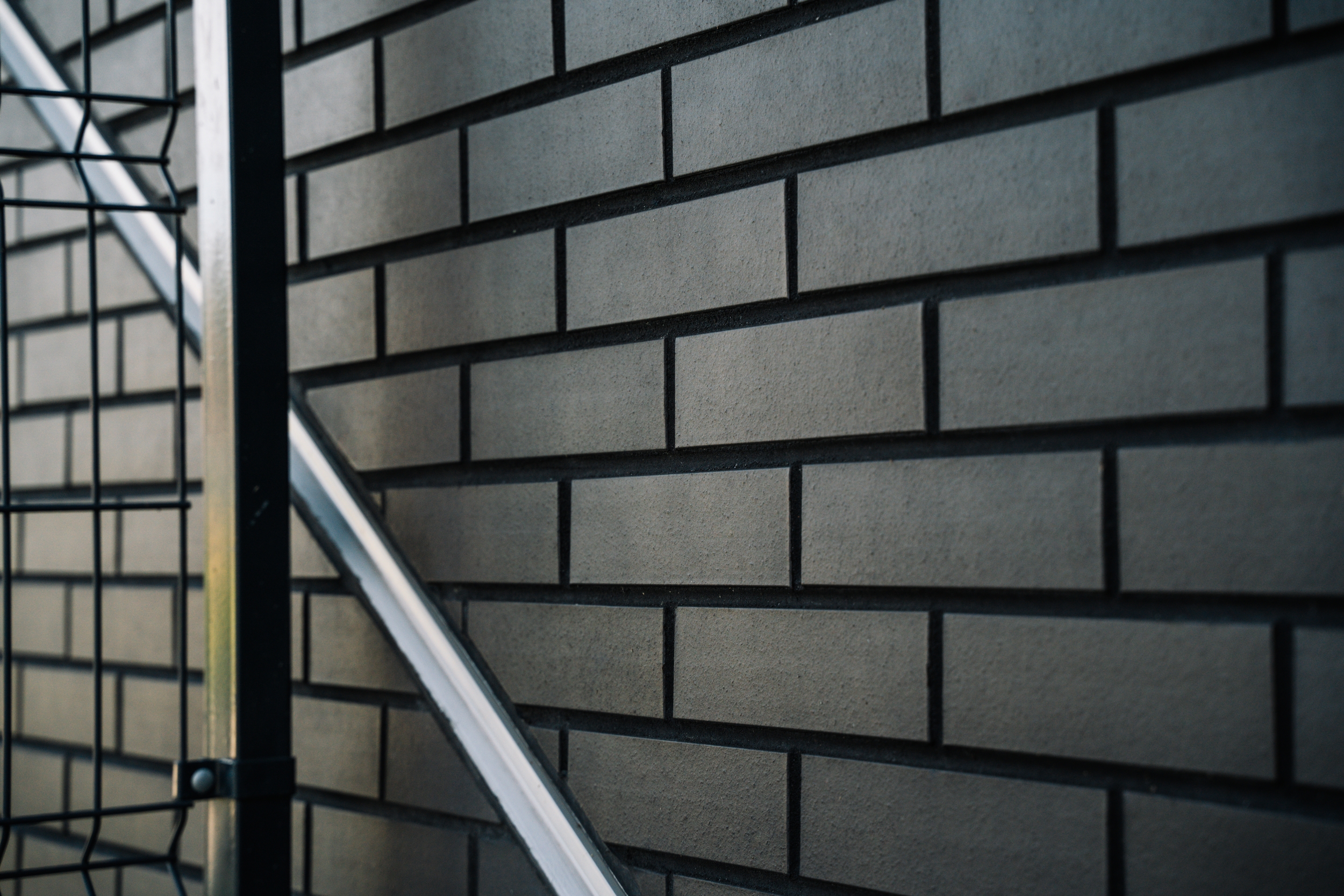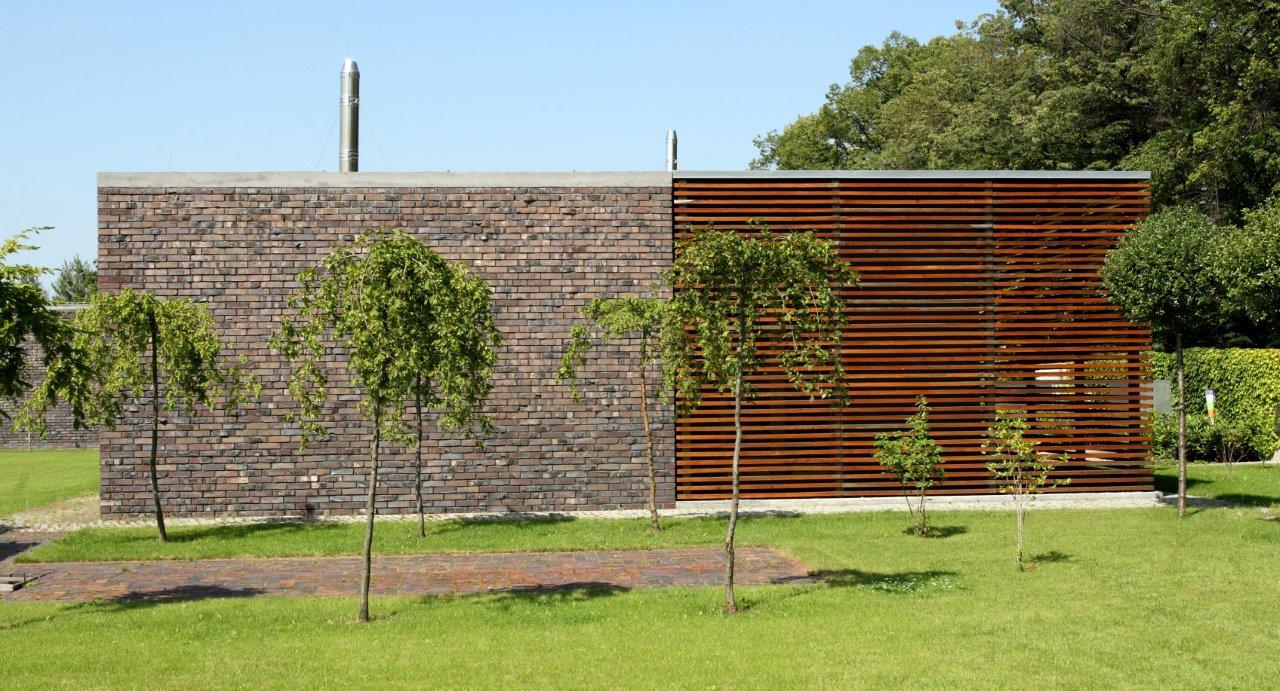Wojciech MałeckiMAŁECCY Biuro projektowe Katowice
We hereby confirm that LHL Klinkier, the owner of Patoka brickyard, was responsible for manufacturing all ceramic elements of the new seat of Krzysztof Kieślowski Film School in Katowice.
The company has proven to be extremely flexible in response to challenges and delivered a high quality end product.
The company's commitment resulted in construction of the award-winning building, granted the BRICK AWARD 2020 for the best building in the world constructed with the use of ceramic materials. We’re happy to recommend LHL Klinkier as a trustworthy partner.
Piotr CzernialisCCB IMPORTEX
I like working with people who look for solutions and not problems. The Lode team acts quickly and flexibly, if necessary. They care for the quality of their products, friendly service, fast order handling and, most importantly, carry a huge selection of top-quality bricks in various colors and sizes. Hugely recommended!
Michał PiotrowiakCeramika Piotrowiak
LHL Klinkier: Top quality at an affordable price, flexibility and fast customer service, top marketing materials in the construction industry. Patoka – products with a soul.
The controller of your personal data is LODE-POLSKA Ltd. located at 60 Janka Muzykanta in Warsaw. Data provided in the form will be used in accordance with Terms of Use




